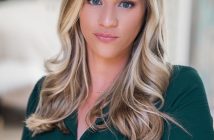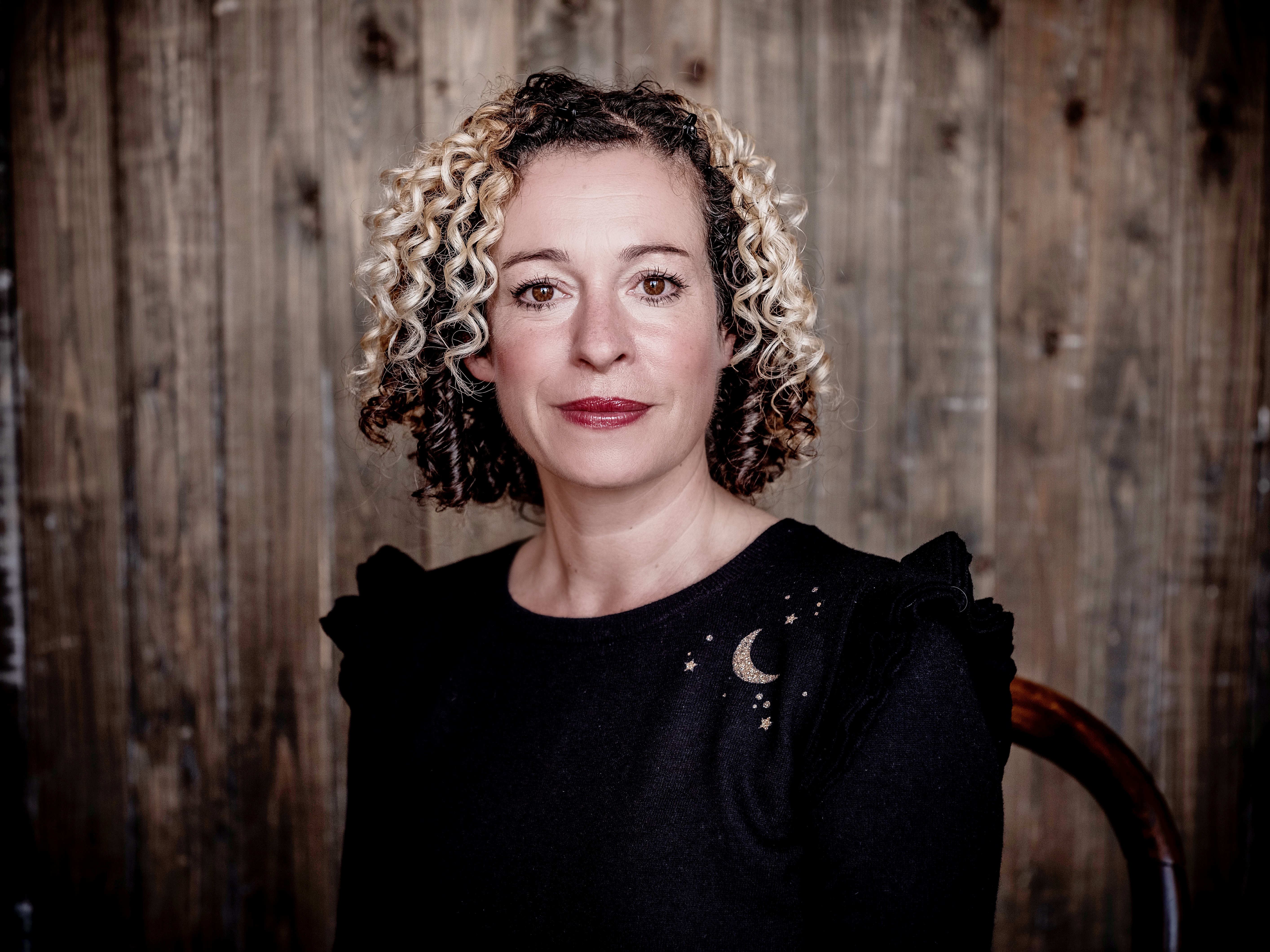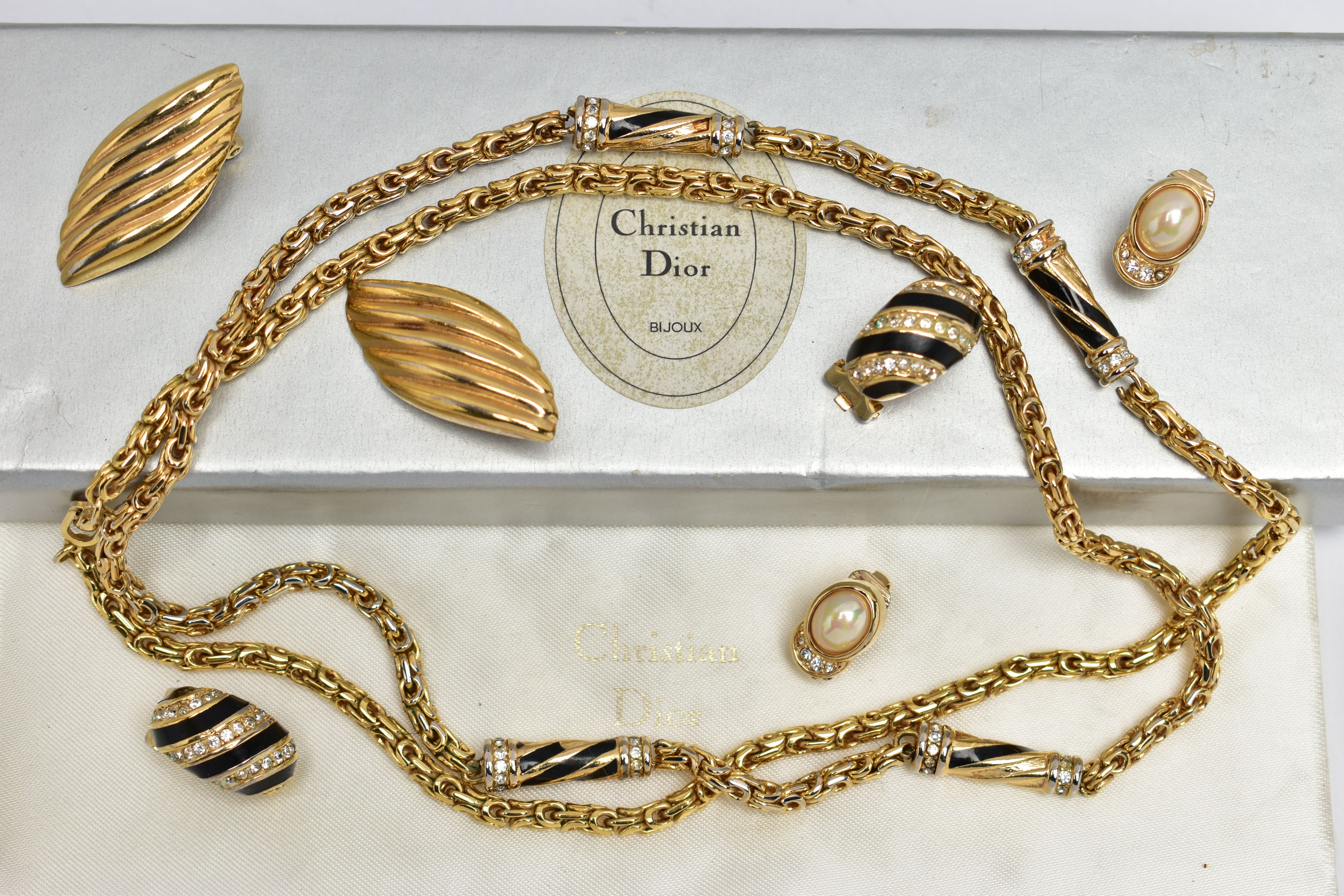Birmingham photographer Gary Lindsay-Moore is aiming to combat the pressure men feel about their looks and their bodies with a unique photography experience designed to boost self-esteem. Amy Norbury discovers more
Just like their female counterparts, men today are under ever-increasing pressure to have so-called ‘perfect looks’, with many feeling more body conscious than ever before. After all, you only have to look at the cast of reality TV favourite Love Island to be faced with a near-impossible- to-match standard of the perfect body, while men’s health magazines are packed with male models with washboard abs and square jaws.
It’s all too easy to feel judged – and to judge yourself for any imperfections.
While women are more often under perceived pressure to be ‘slimmer’, with an emphasis on ‘dropping dress sizes’, for men the stereotypical ideal of bodily attractiveness means being ‘bigger’, more muscled, and even taller – not something any of us have any control over.
For some men the results of this pressure can affect their mental health, often leading to a dislike of their own body and lack of confidence to stand in front of a camera.
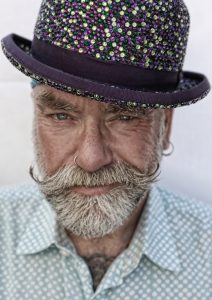
Birmingham Photographer Gary Lindsay-Moore.
Birmingham-born professional photographer Gary Lindsay-Moore is aiming to combat those ‘ideal’ standards and to help men feel better about themselves through a creative male-only photography experience designed to celebrate individuals, just the way they are.
Gary’s unique Dudeoir Experience allows men to embrace their bodies in front of the camera – wrinkles, scars and all – in a safe, caring, inclusive and welcoming environment, bringing out their own individual personality either in a studio or on location.
“I know from first-hand experience what it is like to be trolled on social media and called ‘fat and ugly’ by a total stranger; it can really erode your confidence.” says Gary.
“As an actor and mature model I have experienced what it is like on both sides of the camera. I want to break down barriers and give something that is completely individual to the client, not the same old tried and tested studio setup every time; we are all individual.”
Gary’s Dudeoir Experience launched last year, but the project was temporarily curtailed due to Covid-19 and the subsequent lockdown restrictions. But with male mental health becoming an ever-increasing talking point, it’s time to look at male body pressures and the detrimental effect they can have.
“What I’ve seen in the past few years is that many guys are feeling the same as women; they’re not feeling good about themselves, they’ve got body issues because there are these guys on the TV who clearly spend a lot of time in the gym and they like to show it off, with Love Island being a prime example.
“And here I am, I’m 60 this year, I’ve got a bit of a belly, I’ve got scars and tattoos, I have hair but it’s going a bit thin on the top, and I think I’ve done quite well to get here to this age with what I’ve got, and I’m proud of it. I embrace who I am and I think other guys should do it too.”
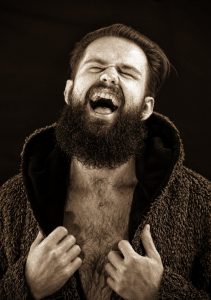
Gary’s Dudeoir Experience aims to boost male confidence.
So what does a Dudeoir Experience involve?
“In its simplest terms, it’s the male version of boudoir,” explains Gary. “Boudoir focuses on real women, and being a little bit sexy – and guys can do that too.
“That sexiness isn’t necessarily an overt thing or top of the agenda when it comes to guys so much, but there’s nothing wrong with feeling sexy when you’re on a shoot.”
Boudoir became hugely popular in 1920s America where women would pose for photographs to be sent to husbands or lovers.
“What I like about boudoir is that it isn’t about nudity; it’s about evoking a mood, it’s about a little bit of suggestion, it’s a little bit cheeky,” says Gary.
“It’s allowing yourself to think ‘here I am’, in this little creative bubble. And it can be theatrical, which I also love.
“One of the things I noticed when doing boudoir is that it’s something the ladies might not normally have done, but it’s a little bit of an experience and something to make them feel more positive about themselves.”
On a shoot, Gary encourages clients to be themselves and feel comfortable in their own skin and their clothing – whatever they choose to wear. He works with each person to tailor the shoot to their personality, bringing in props and outfits when needed and offering a wide variety of locations, from the studio, to woodland, beaches, edgy urban backdrops and more.
“As a photographer, my job is to make people feel their best, and be positive,” says Gary. “People find it more difficult to give compliments to men – and men find it more difficult to receive compliments – but that’s just who I am.
“When it comes to shoots, some guys have an idea of what they want, whereas some guys will let things evolve. I work with a lot of guys who are quite nervous to start, but really relax into it and take themselves out of their comfort zone, getting amazing pictures.
“There was one guy who was very up for the dudeoir experience, but he was really worried about what to do with his hands and his feet, and I just say ‘let me worry about that for you’ because what I see is actually visually very different to what you’re seeing when you’re in front of the camera.”
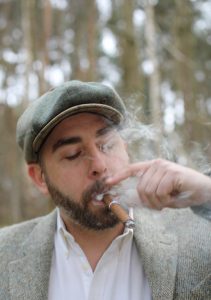
Shoots can take place in the studio or on location.
Gary has honed his craft over 35 years through creative projects, portraits, funerals, events and live music. He studied photography at the University of Gloucester after initially toying with the idea of going into fine art with a bias towards life drawing, attracted by the instantaneous nature of the camera.
His early career saw him assist the famous people photographer Sandra Lousada, who has photographed the likes of Steven Berkoff and Vanessa Redgrave.
“I moved to London and it was the early Eighties so finding a full-time job as an assistant was a nightmare,” Gary recalls.
“I threw myself into jobs and was really fortunate to work with some really, really good photographers, including Robyn Beeche, an Australian photographer famous for her work on the New Romantics scene.”
“But Sandra was just amazing; she shot a lot of high class celebrities of the day and was incredibly well connected. She also did a lot of the studio photography for the Vogue Complete Beauty book, which was in print for about 25 years.
“Sandra taught me indispensable techniques to get better pictures than the usual. One of the things was linked to what I learned as a student about posture. A lot of models already know about good posture but Sandra was really good with people who weren’t models.
“She was one of the hardest workers too; she hated leaving things to chance and she recorded absolutely everything. She was an inspiration and I had some great experiences working with her.”

Photographer Gary Lindsay-Moore is also an actor and mature model.
Gary’s professional photography already attracts interest from a diverse range of communities and he is hopeful that the Dudeoir Experience will promote wellbeing and help clients feel proud of who they are.
Primarily a purveyor of gauzy and nostalgically charged portraits, his work expresses influences from the dark, brooding moods of Deborah Turbeville, the vivid decadence of Grace Coddington and Sheila Rock, and the fiercely dense contrasts of Brett Walker and Helmut Newton.
Themes of retro Hollywood glamour, punks, whimsy and dark curios are prominent in his portraits too.
“I love the fantasy element and the dark side of fairytales, but bringing these into an urban setting,” says Gary. “I want you to express yourself anyway you desire and throw away the rule book.”
As well as his Dudeoir Experience Gary also works with terminally ill clients and their families providing a sensitive and caring approach to their photoshoot. He has also donated his services free of charge to a local hospice.
Gary has enjoyed two solo exhibitions, the first showcasing his well-known photography of urban Birmingham, and Badwonderland which depicts the darker side of Alice in Wonderland.
His photography also acts as a love letter to the industrial landscapes of the city he calls home, resulting in six self-published books on the changing urban jungle of Birmingham.
And as life gradually starts to return to some sense of normality, Gary is keen to get back behind the lens.
Gary said: “I have generally been chilling out but also setting up a few interesting collaborations, and I’ve been out in the locality shooting lockdown urban landscapes, which may eventually get a small exhibition.
“I’m ready to photograph anyone that should be interested as soon as the restrictions are lifted, though there is no reason a socially distancing shoot could not be achieved with planning and care.
“I’m ready for the people that may need a fun diversion to this unusual experience.”
For more information visit Gary’s website at www.garylindsaymoorephotography.co.uk


